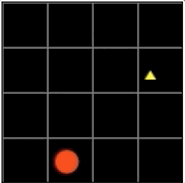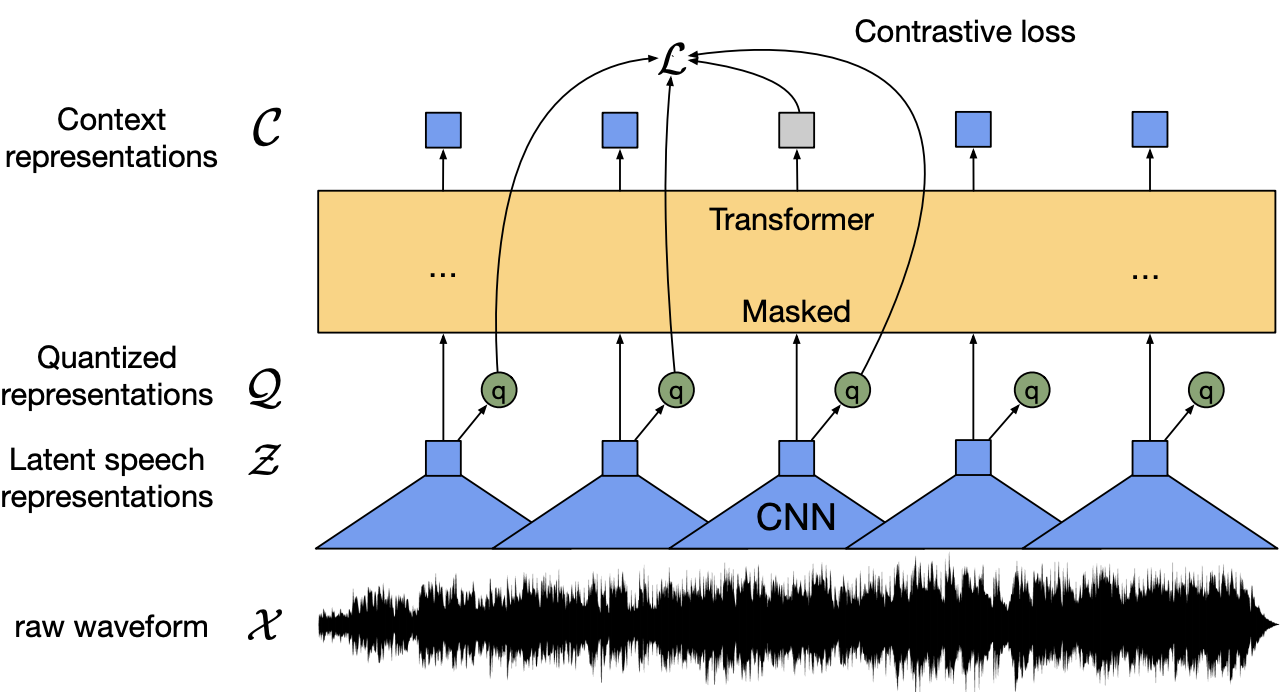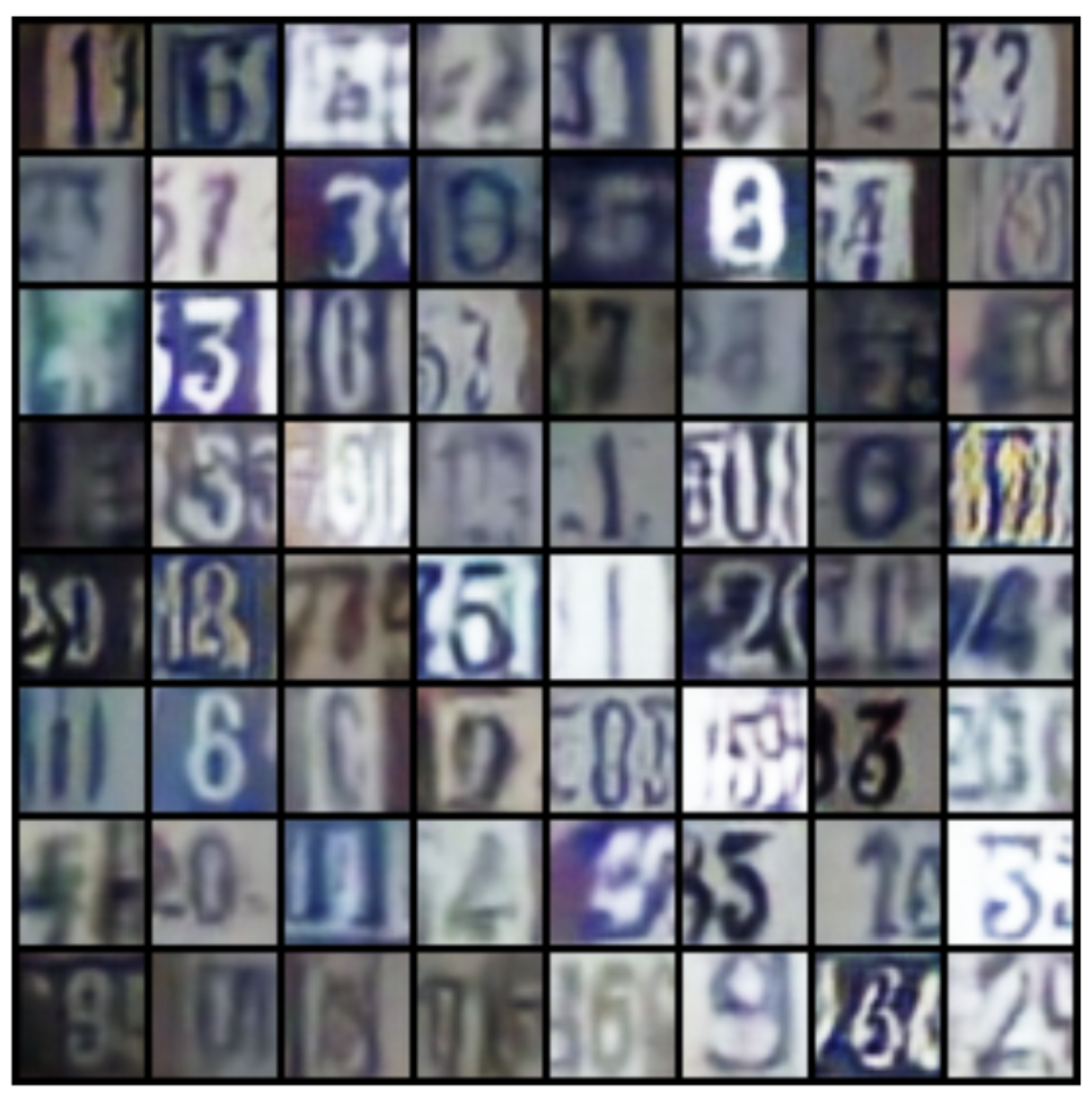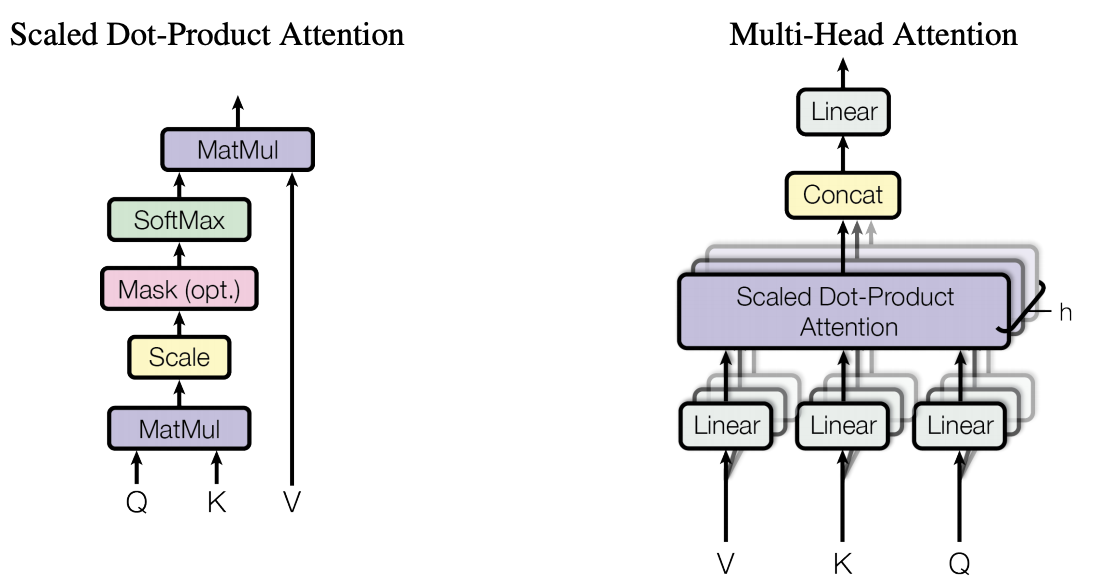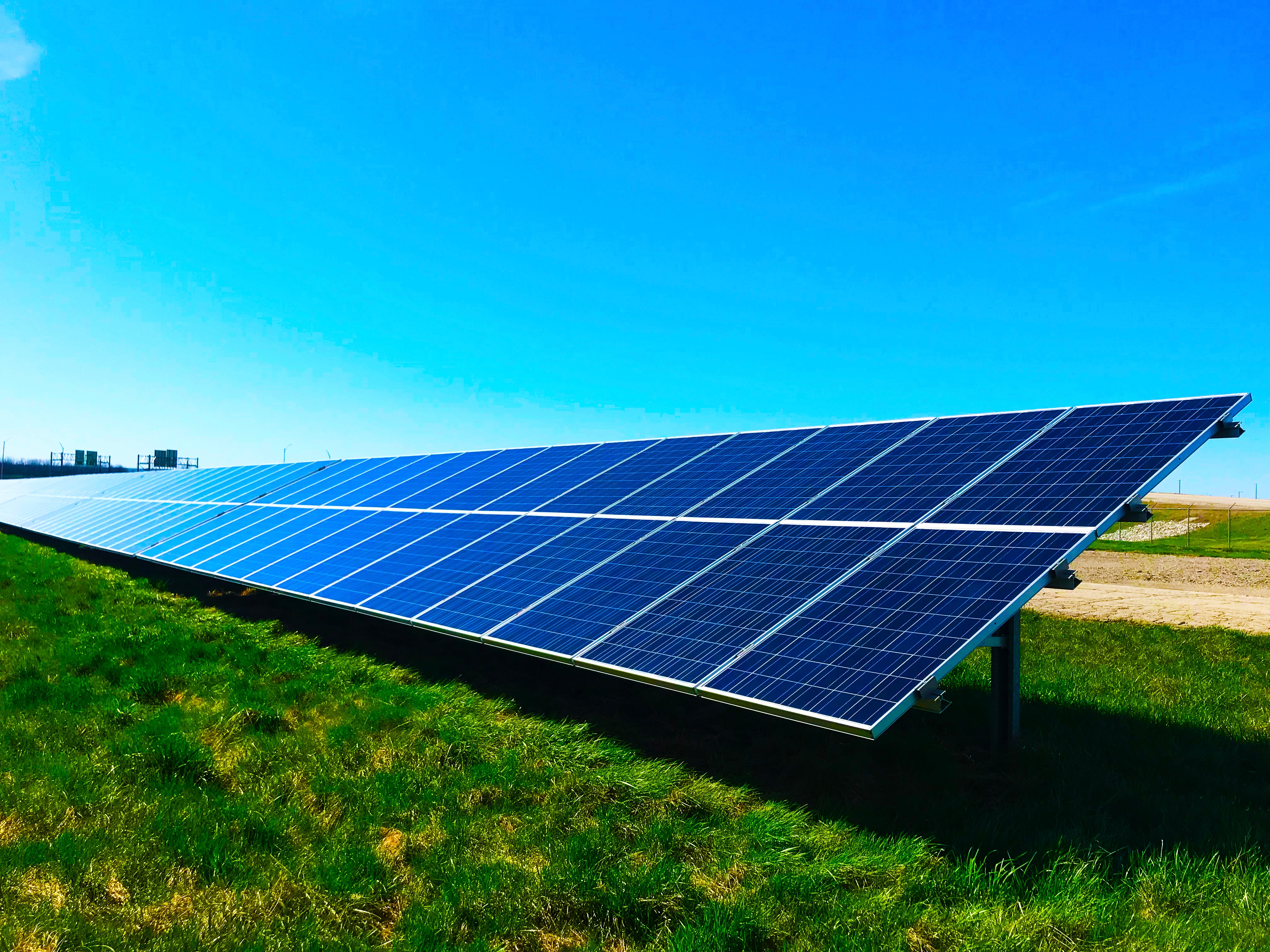Identify the gender, age, and personality traits of social media users by using the profile pictures, status updates and likes.
Code
Two ways to learn nodes representation: Multi-hop Similarity and Random Walk.
Code
Google has collected a series of hand-drawn images corresponding to a number of categories in their Quick, Draw! project. The dataset used in this project is a modified subset of this dataset. The dataset contains images that aren't always centered and straight, neither are they free of noisy artifacts. I use a modified Resnet18 to classify the images.
Code
Policy iteration is a dynamic programming method to find the optimal policy. Here, it is used to solve small gridworld. Gridworld is a deterministic finite Markov Decision Process where we want to find an optimal path to one of the grey cells.
Code
I use two methods to compute approximate inference in bayesian networks, rejection sampling and likelihood weighting.
Code
Classify comments on a forum (reddit) according to their topic (subreddit) using Naives Bayes, Neural Network, Bidirectionnal GRU (Gated recurrent unit), Glove word embedding, and Ensemble method. Tools used: Scikitlearn, Keras, nltk (stemmer, stopwords, lemmatizer).
Code
This program uses Monte Carlo tree search (which is notably used in AlphaGo's algorithm) to find the next move to do in a game that has more than 10^50 possible move combinations (ultimate tic-tac-toe).
Code
Implementation by hand of a neural network for multiclass classification. The implementation is done with only numpy. The calculation used to implement front propagation, back propagation and gradient descent are shown in the pdf file.
Code
I implemented two types of estimator, a diagonal Gaussian parametric density estimator and a Kernel density estimator with an isotropic Gaussian kernel. Then, I used them on the iris flower dataset to estimate the density of different features.
Code
Cross-entropy is a Monte Carlo method for optimization. In this notebook, it is used to solve Taxi-v2 from OpenAi Gym.
Code
More projects

